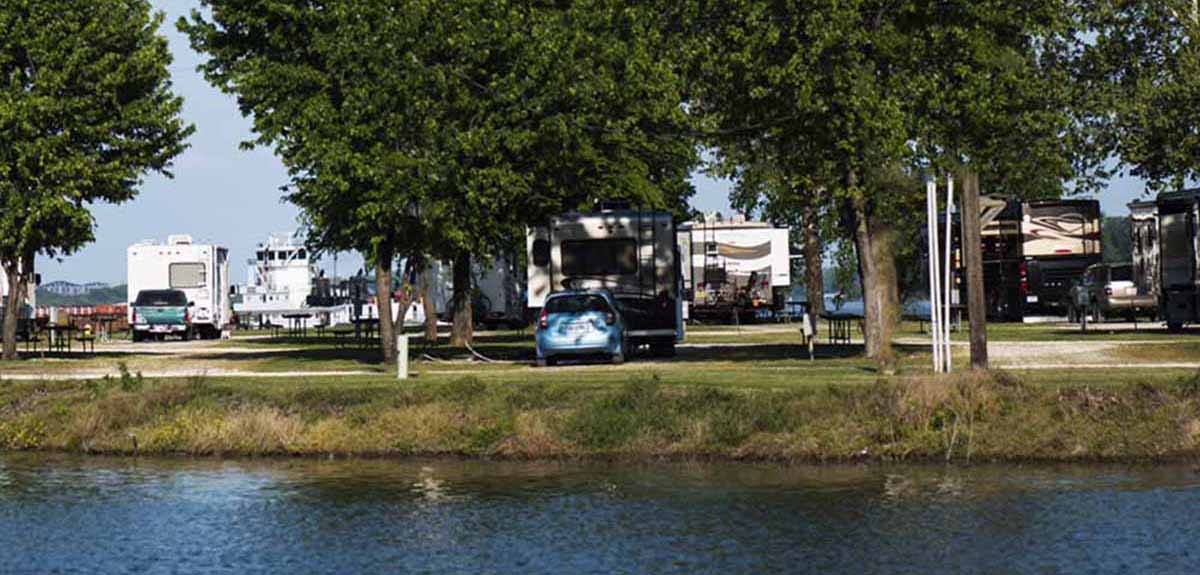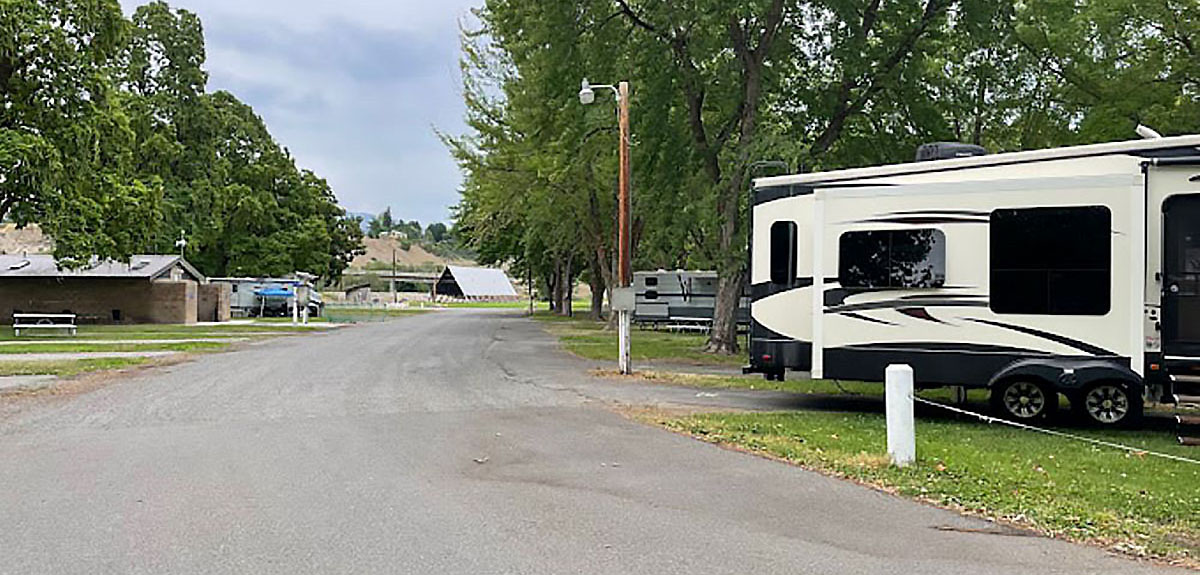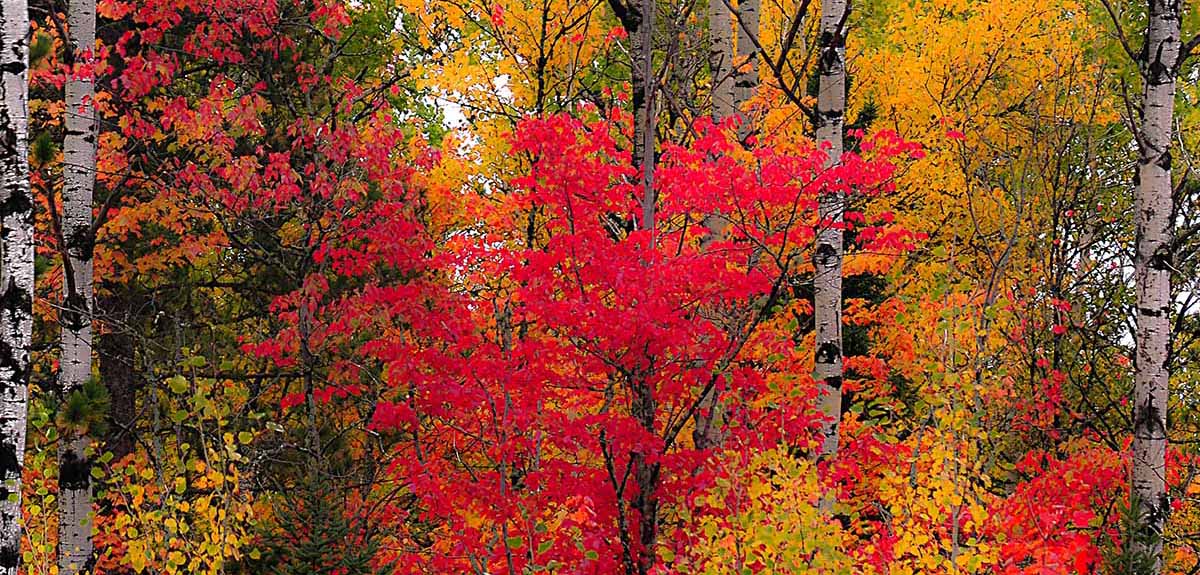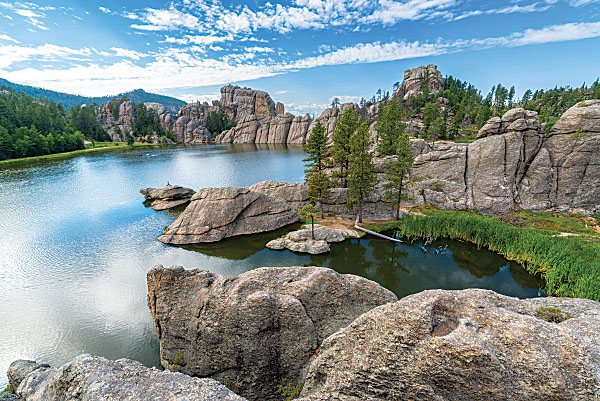Celebrate Campfire Day
With some flames, of course!
Image Caption: Image by Tegan Mierle from Unsplash
August 5th is Campfire Day. Are you ready to celebrate? When you’re camping, there’s nothing better than a nice, roaring campfire—even on warm evenings—with someone on a guitar singing a campfire song or marshmallows roasting for s’mores. In fact, for most people, it won’t feel like camping unless you’ve got just that. A nice stack of dried, split wood, the roaring crackle as it burns down to coals, and a little smoke drifting off into the sky on a dark, clear night.
There’s also nothing better than cooking over an open fire—and not just hot dogs on sticks, either. Great campfire meals, cooked in foil or cast iron dutch ovens or pie irons, are all unique and simply fun to eat because it’s rare that we get to cook like that.
While a lot of us celebrate the excitement of a campfire many days, August 5th is a good time to enjoy Campfire Day by building a big, roaring fire and enjoying some time around it. Let’s talk about a few ways to enjoy it in a major way, all while doing it safely.
How to Build a Campfire
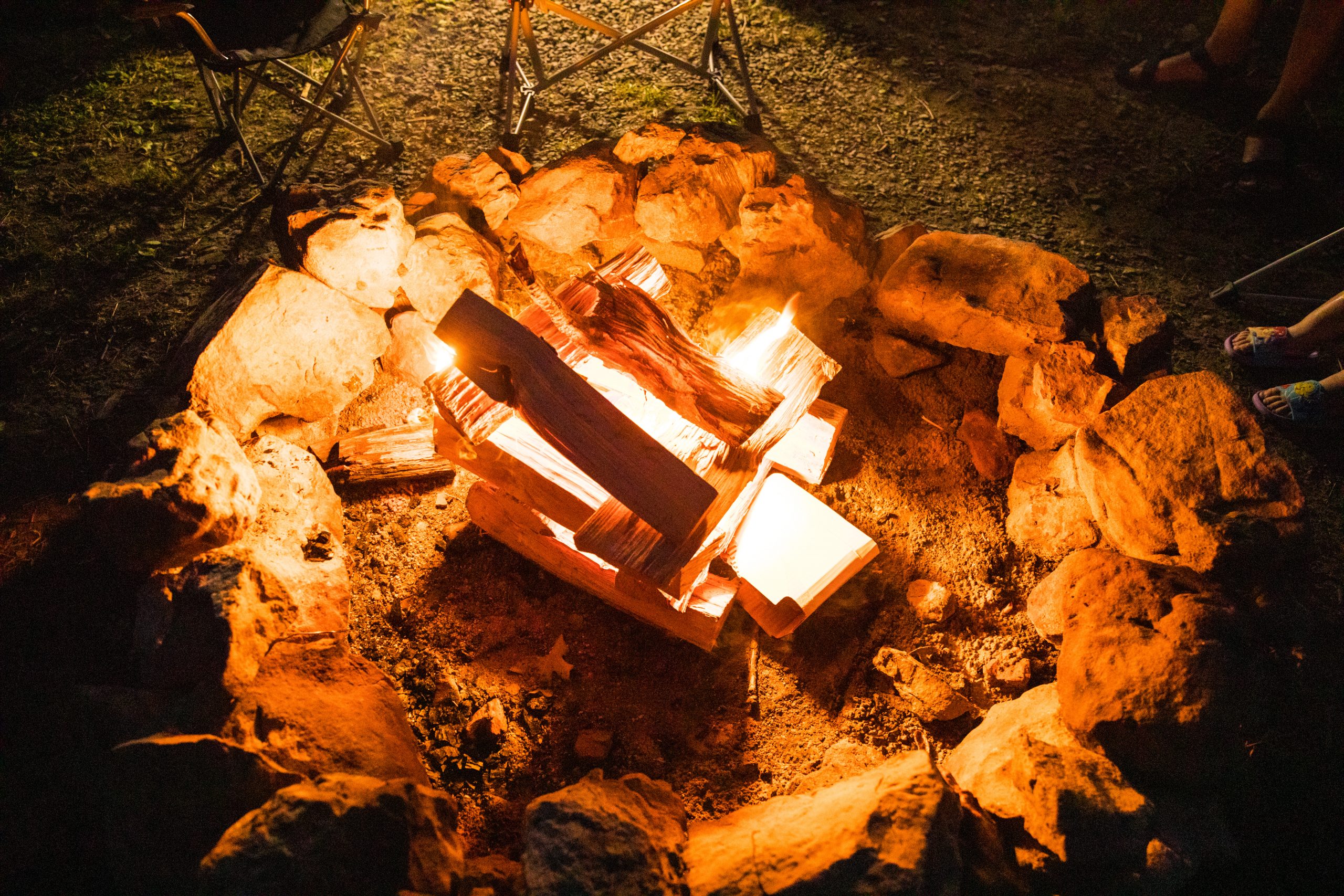
To build a campfire, you need a few very basic elements: heat, a fuel source, and oxygen. For heat, you’re looking at matches or a lighter. Your fuel source is obvious: it’s wood. And oxygen is all around us.
To get your fire going, you’ll need to start with small, easily-catching material called tinder and kindling. Tinder is stuff that burns fast and hot. These are some examples of tinder:
- Dry leaves
- Pine needles
- Dryer lint
- Cotton balls
- Paper and cardboard
The tinder is used to help catch and burn kindling, which are twigs and small branches. The tinder will burn hot and fast, and ideally, the kindling will catch quickly. Then, the larger logs will catch and burn.
Follow these steps to get your fire going:
- Step 1 – Build your tinder into a small, loose pile. Don’t pack too tightly—you need oxygen to help the tinder burn efficiently.
- Step 2 – Lay a few very small pieces of kindling on the tinder, then build a small teepee shape with larger pieces of kindling. Over the larger pieces, stack bigger pieces of split firewood into a larger teepee shape.
- Step 3 – Using a match or lighter, light the tinder. Light from several points to let the fire build evenly.
- Step 4 – As the kindling burns, add more small pieces of kindling as it burns. If necessary, blow gently on the kindling to keep the fire burning. The more oxygen, the better. Build larger and larger with the wood until the larger pieces are on fire. Continue to feed the fire with large pieces of dry wood.
Rules for Firewood
As you’re traveling, you’ll likely see several warnings—no matter where you go—about firewood. Most parks, both state and national, prohibit bringing your own firewood with you. Of course, this can be frustrating. Fire at campsites and in parks can sometimes be on the pricey side for a relatively small bundle. And when a fire is really burning hot, you can go through a full bundle in a matter of no time.
However, when you’re camping out in the woods, you have to think about the environment you’re in. These restrictions on outside firewood aren’t put in place as a cash cow for campsites. Rather, they’re in place to protect the woods. Invasive species, such as the emerald ash borer, can wreak havoc on local ecosystems. When they’re not native, it usually means they don’t have a predator that can keep them in check.
When you travel with firewood, there’s a strong chance that you’re bringing in an invasive species. So do your part, and buy local firewood at the campsites that you visit. If nothing else, you’re providing more funding for a local campsite or park to continue to serve other campers.
Basic Fire Safety
As fun as a fire can be, it’s also dangerous. Fires can cause untold damage when they’re not regulated—just look at the wildfires that seem to rage every year in the western part of the United States. Dry conditions, wind, and a simple flame can devastate an environment, not to mention uproot people from their homes and cause millions of dollars in damage.
Any time you start a campfire, you should be aware of the conditions around you. You should always make sure the fire is contained, especially when the conditions are dry. Clear an area at least five feet around the fire pit so that any sparks that pop don’t land on the tinder.
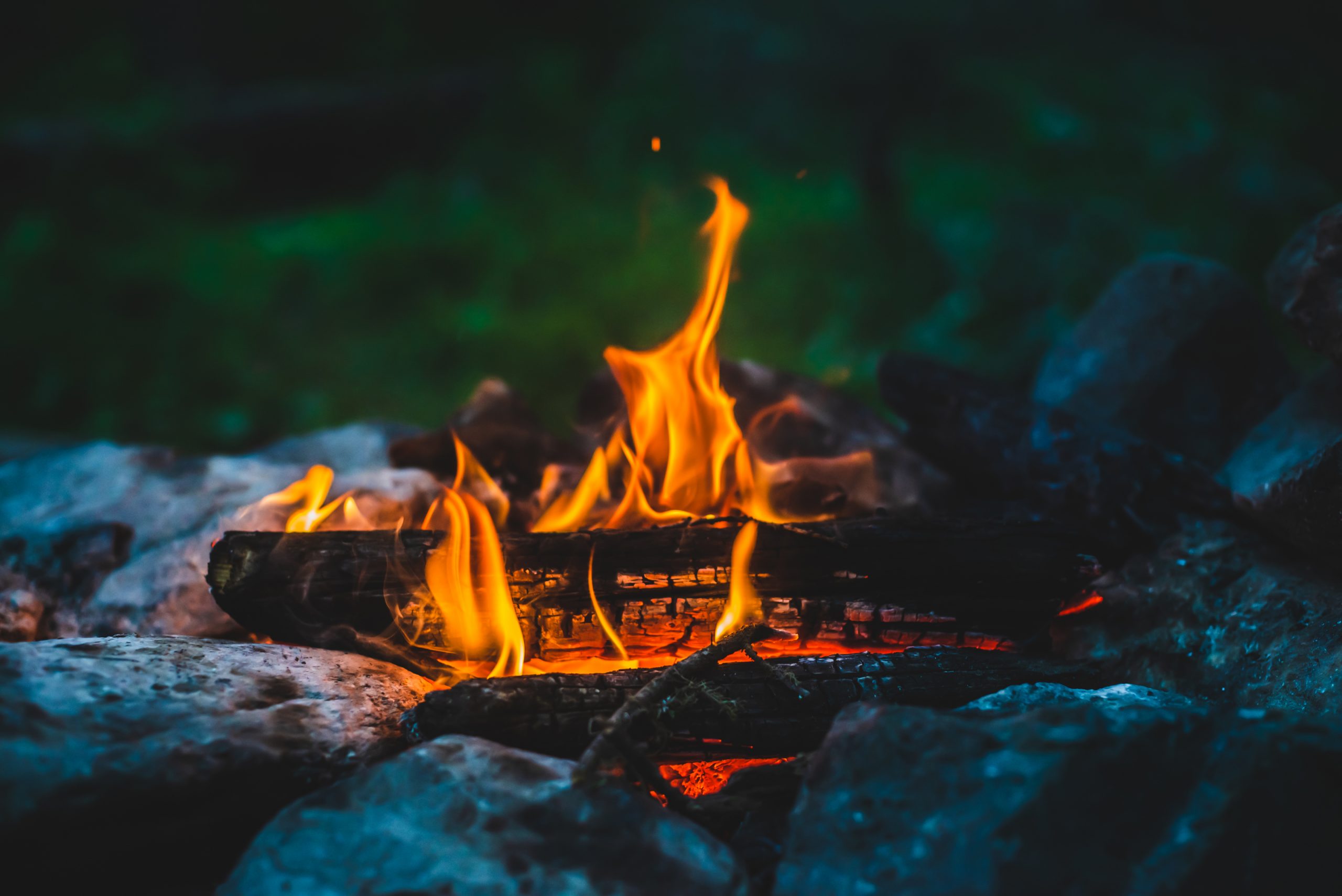
Most campgrounds include campfire rings. If they don’t, plan to build one to contain your fire. Shovel a small depression into the ground and ring it with rocks. Or bring a collapsible fire pit to contain the flames.
Never leave your fire unattended, and despite your celebratory feelings, don’t grow the fire any larger than you need for either cooking or staying warm.
Most importantly, when it comes time to head to bed for the night, make sure your fire is properly extinguished. Pour water on them, stir with a shovel, and make sure all of your embers and ash are solidly wet and out before you leave it alone.

